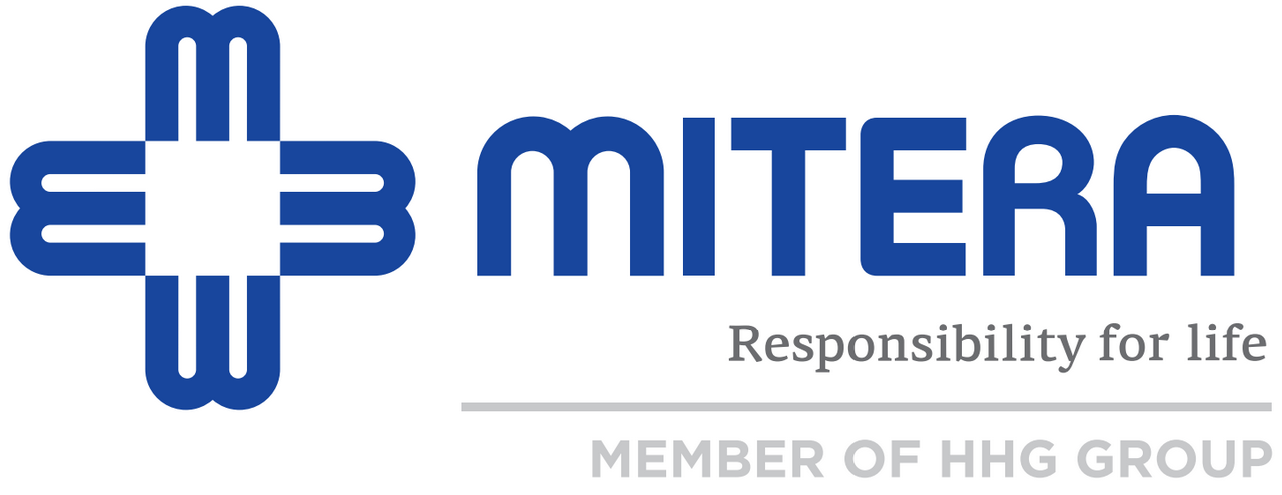IVF: It Is Possible Without Drugs?
The use of drugs has changed dramatically the success rate of IVF. However, pregnancy can also be achieved without drugs. This method has its own pros and cons. What is this method, though, and in which cases is it recommended?
By Dr Georgios Ioannidis and Dr Harry Hiniadis
IVF Obstetricians/Gynecologists, Scientific Associates of IVF MITERA
The first IVF cycles in 1978 were performed without using drugs for ovarian stimulation. The aim was to find and fertilize the single egg produced by a woman during her natural cycle. Over the next 30 years, fertility treatments were greatly replaced with IVF using drugs.
However natural cycle IVF has numerous benefits. It is associated with a close to zero rate of multiple births and zero risk of ovarian hyperstimulation syndrome. Natural cycle IVF is cheaper and less time-consuming, as well as less physically and emotionally challenging for the patient. However, it is also less effective.
The effectiveness of natural cycle IVF is hindered by high rates of cancellation due to premature oocyte maturation, as well as the chance of the ovarian follicle not containing any eggs.
In 20 selected studies on 1,800 natural cycles in total, the results were: 819 embryo transfers (45.5% per cycle) and 129 pregnancies (7.2% per cycle and 15.8% per embryo transfer).
The results are not very encouraging, but what needs to be taken into account is who would be the ideal candidates for natural cycle treatment.
These would be:
- Women who do not produce eggs through ovarian stimulation – Poor responders.
- Women who cannot take gonadotropins – e.g. women with a history of hormone-dependent cancer.
- Women who choose not to take drugs for personal reasons (e.g. religious) and do not produce many eggs.
Is it a viable choice?
During a natural cycle, usually only one ovarian follicle with one egg inside it develops. Natural cycle IVF involves the fertilization of this egg without using drugs for ovarian stimulation. Patients are monitored using ultrasound and egg retrieval is performed. If the egg retrieval is successful, the egg is fertilized, and the embryo is created and transferred to the uterus.
The benefits are less drugs and lower cost per cycle. In some cases, there is less ultrasound monitoring involved and blood tests are performed. The same techniques are used for egg retrieval, fertilization and embryo transfer, but only for the one egg or embryo.
Drawbacks
The significant drawbacks of this method have limited its application. For example, an egg is not retrieved in 20% of the cases. In another 20% of cycles, no embryos are produced and there is no embryo transfer. The pregnancy rate after transfer is just 10%.
However, a young woman without stimulation problems repeating the process four or five times is not the same as conventional IVF with a 40-50% success rate per cycle.
Variation
A variation during normal cycle is the successive retrieval and cryopreservation of eggs (collect & freeze). This involves repeated attempts, whereby the eggs found each month are fertilized and the embryos are frozen. When 3 embryos have been collected, all the frozen embryos are transferred. The results of this method may reach 25% per embryo transfer, which is an excellent rate, especially for women with limited egg production.
However, note that quite a few cycles are usually needed to eventually collect 3 quality embryos. This can be both expensive and tormenting, but in many cases it is the only choice for women before resorting to egg donation.
The modified natural cycle uses lower drug doses to mature 2-4 eggs, followed by egg retrieval, fertilization and embryo transfer. This technique is more successful than the natural cycle and has more benefits.
The opposite of minimum stimulation is not maximum stimulation, but optimal stimulation. This is what we are all fighting for and medicine always strives to achieve the best possible results.
Upon concluding, natural cycle IVF is low-risk and patient-friendly, but can only be performed in selected cases, where usually there is no other alternative available.



